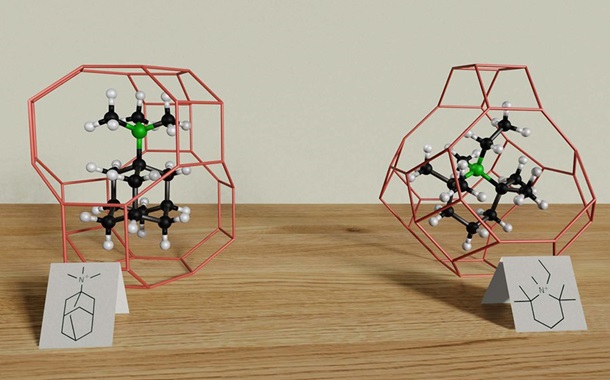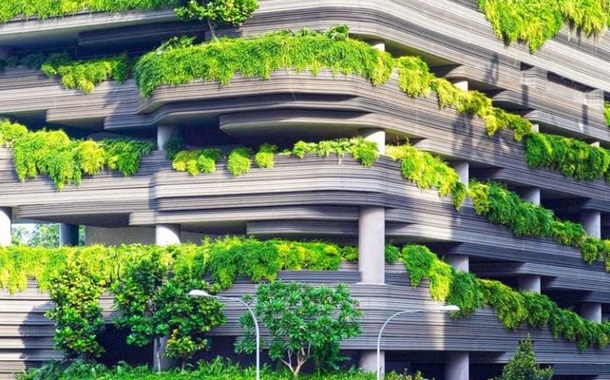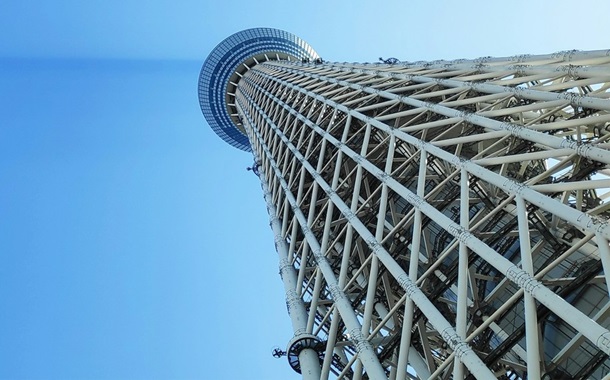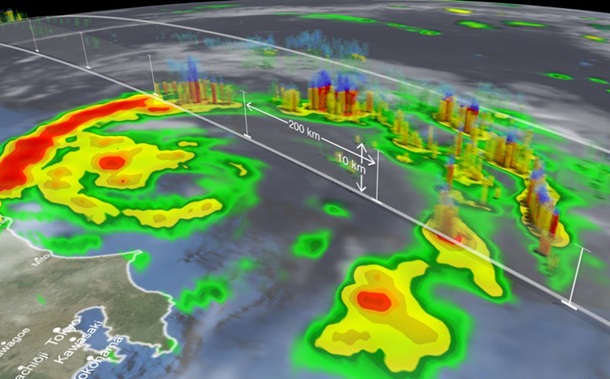Spatial-Temporal Characteristics of Green Development Level in River Basin
Downloads
Doi:10.28991/HIJ-2024-05-04-014
Full Text:PDF
Downloads
Han, R. N., Wang, K. P., Zhang, Y. L., & Li, X. (2021). The road of green and high-quality urban development since the reform and opening up: Historical logic and development path of the concept of park city in the new era. Urban Studies, 28(5), 28-34.
Zhou, S., Zhang, J., & Sun, Y. (2022). Innovative Practice in Green Development. In Integrated Governance in Rural China: Case Study of Nanjiang County. Springer Nature, Singapore. doi:10.1007/978-981-19-3085-0_2.
Biswas, S., Sudhakar, S., & Desai, V. R. (2002). Remote Sensing and Geographic Information System Based Approach for Watershed Conservation. Journal of Surveying Engineering, 128(3), 108–124. doi:10.1061/(asce)0733-9453(2002)128:3(108).
Qun, D. (2011). New developments in water pollution law and policy in china: Effective enough to cope with water pollution conflict?. International Journal of Regional, Rural and Remote Law and Policy, (1), 1-15. doi:10.3316/informit.947820425722053.
Luo, H., & Guo, Y. (2024). Evaluation of the Condition of the Human Habitat Ecosystem in Anhui Province and Regional Spatial and Temporal Distribution Study. Polish Journal of Environmental Studies, 33(4), 4229-4242. doi:10.15244/pjoes/180013.
Wang, M. X., Zhao, H. H., Cui, J. X., Fan, D., Lv, B., Wang, G., Li, Z. H., & Zhou, G. J. (2018). Evaluating green development level of nine cities within the Pearl River Delta, China. Journal of Cleaner Production, 174, 315–323. doi:10.1016/j.jclepro.2017.10.328.
Liu, H., Zhou, G., Wennersten, R., & Frostell, B. (2014). Analysis of sustainable urban development approaches in China. Habitat international, 41, 24-32. doi:10.1016/j.habitatint.2013.06.005.
Lu, C., Huang, P., Zhang, T., Liu, X., & Cheng, W. (2023). Spatiotemporal evolution and driving factors of the green development efficiency in Gansu Province. Arid Land Geography, 46(2), 305–315. doi:10.12118/j.issn.1000-6060.2022.176.
Jin, B., & Li, G. (2013). Green economic growth from a developmental perspective. China Finance and Economic Review, 1, 1-7. doi:10.1186/2196-5633-1-4.
OECD. (2017), Green Growth Indicators 2017. OECD Publishing, Paris, France. doi:10.1787/9789264268586-en.
Rode, P., & Burdett, R. (2011). Cities: investing in energy and resource efficiency. United Nations Environment Programme (UNPE), 453-492.
NBS (2024). National Bureau of Statistics of China. NBS, Beijing, China. Available online: https://www.stats.gov.cn/english/ (accessed on November 2024).
Shi, C., & He, X. (2024). Measurement and improvement path of urban green development efficiency in the Yellow River Basin under the "carbon peaking and carbon neutrality” targets. Arid Land Geography, 47(3), 528–538. doi:10.12118/j.issn.1000-6060.2023.371.
Xie, J., Xia, Z., Tian, X., & Liu, Y. (2023). Nexus and synergy between the low-carbon economy and circular economy: A systematic and critical review. Environmental Impact Assessment Review, 100, 107077. doi:10.1016/j.eiar.2023.107077.
Kararach, G., Nhamo, G., Mubila, M., Nhamo, S., Nhemachena, C., & Babu, S. (2018). Reflections on the Green Growth Index for developing countries: A focus of selected African countries. Development Policy Review, 36, O432-O454. doi:10.1111/dpr.12265.
Meng, F., Guo, J., Guo, Z., Lee, J. C., Liu, G., & Wang, N. (2021). Urban ecological transition: The practice of ecological civilization construction in China. Science of the Total Environment, 755, 142633. doi:10.1016/j.scitotenv.2020.142633.
Si, L., Wang, J., Yang, S., Yang, Y., & Zhang, J. (2021). Urban Green Development towards Sustainability in Northwest China: Efficiency Assessment, Spatial"Temporal Differentiation Characters, and Influencing Factors. Complexity, 2021(1), 6630904. doi:10.1155/2021/6630904.
Yang, Y., Wang, H., Wang, C., & Yang, B. (2022). Model-based temporal evolution and spatial equilibrium analysis of green development in China's Yangtze River Economic Belt from 2009 to 2018. Ecological Indicators, 141, 109071. doi:10.1016/j.ecolind.2022.109071.
Chen, Z., Li, X., & Xia, X. (2021). Measurement and spatial convergence analysis of China's agricultural green development index. Environmental Science and Pollution Research, 28, 19694-19709. doi:10.1007/s11356-020-11953-z.
Wang, S., & Li, J. (2022). Balanced characteristics and obstacle factors of high-quality green development in Yangtze River Delta Urban Agglomeration. Journal of Natural Resources, 37(6), 1540. doi:10.31497/zrzyxb.20220612.
Shuai, S., & Fan, Z. (2020). Modeling the role of environmental regulations in regional green economy efficiency of China: Empirical evidence from super efficiency DEA-Tobit model. Journal of environmental management, 261, 110227. doi:10.1016/j.jenvman.2020.110227.
Tong, Y., Liu, H., Ma, Y., Liu, J., & Zhang, R. (2021). The influence and spatial spillover effects of tourism economy on urban green development in China. Dili Xuebao/Acta Geographica Sinica, 76(10), 2504–2521. doi:10.11821/dlxb202110012.
Ahn, S. R., & Kim, S. J. (2017). Assessment of integrated watershed health based on the natural environment, hydrology, water quality, and aquatic ecology. Hydrology and Earth System Sciences, 21(11), 5583–5602. doi:10.5194/hess-21-5583-2017.
Cuiyun, C., & Chazhong, G. (2020). Green development assessment for countries along the belt and road. Journal of Environmental Management, 263, 110344. doi:10.1016/j.jenvman.2020.110344.
Liu, K. di, Shi, D., Xiang, W., & Zhang, W. (2022). How has the efficiency of China's green development evolved? An improved non-radial directional distance function measurement. Science of the Total Environment, 815, 152337. doi:10.1016/j.scitotenv.2021.152337.
Yang, Y., & Huang, P. (2019). Has the level of green development in the northwestern provinces of China truly improved? A case study of Shaanxi. Sustainable Cities and Society, 51(4), 101779. doi:10.1016/j.scs.2019.101779.
Zhang, J., Rong, C., & Ma, Y. (2022). Spatial and temporal differences and driving factors of the green development of urbanization in Xinjiang. Arid Land Geography, 45(1), 251–262. doi:10.12118/j.issn.1000-6060.2021.160.
Dou, R., Jiao, B., Zhang, W., & Zhang, P. (2023). Research on spatiotemporal heterogeneity and driving forces of green development efficiency in resource-based cities of Western China. Journal of Natural Resources, 38(1), 238. doi:10.31497/zrzyxb.20230115.
Wei, Z., Lan, H., Wei, L., & Wenhui, P. E. N. G. (2023). The Level Differentiation and Driving Factors of Inclusive Green Development in Rural Areas of China. Economic geography, 43(3), 68-77. doi:10.15957/j.cnki.jjdl.2023.03.008.
Zhang, K., Feng, R., Liu, T., Zhang, Z., Han, J., & Liu, K. (2022). Coordination and obstacle factors of urbanization and ecosystem service value in the Yellow River Basin. Arid Land Geography, 45(4), 1254–1267. doi:10.12118/j.issn.1000-6060.2021.436.
Zheng, H., & Li, H. (2022). Spatial–temporal evolution characteristics of land use and habitat quality in Shandong Province, China. Scientific Reports, 12(1), 15422. doi:10.1038/s41598-022-19493-x.
Chen, Y., Zhu, M., Lu, J., Zhou, Q., & Ma, W. (2020). Evaluation of ecological city and analysis of obstacle factors under the background of high-quality development: Taking cities in the Yellow River Basin as examples. Ecological Indicators, 118, 106771. doi:10.1016/j.ecolind.2020.106771.
Zhang, H., Geng, Z., Yin, R., & Zhang, W. (2020). Regional differences and convergence tendency of green development competitiveness in China. Journal of Cleaner Production, 254, 119922. doi:10.1016/j.jclepro.2019.119922.
Diakoulaki, D., Mavrotas, G., & Papayannakis, L. (1995). Determining objective weights in multiple criteria problems: The critic method. Computers and Operations Research, 22(7), 763–770. doi:10.1016/0305-0548(94)00059-H.
Song, W. J., Zhao, X. F., Suo, H. X. (2023). International CO2 Emission Reduction Evaluation Method Based on Time Series. Industrial Heating, 52(09), 64-68.
Xiao, Y., Ci, X. H., Yang, B., Zhang, L. P., & Xia, J. (2023). Measurement and Influencing Factors of Green Efficiency of Water Resources in Urban Agglomerations in Middle Yangtze River. Journal of Yangtze River Scientific Research Institute, 40(9), 8-16. doi:10.11988/ckyyb.20230206.
Liu, Y., Lu, C., & Chen, X. (2023). Dynamic analysis of agricultural green development efficiency in China: Spatiotemporal evolution and influencing factors. Journal of Arid Land, 15(2), 127-144. doi:10.1007/s40333-023-0007-6.
- This work (including HTML and PDF Files) is licensed under a Creative Commons Attribution 4.0 International License.





















